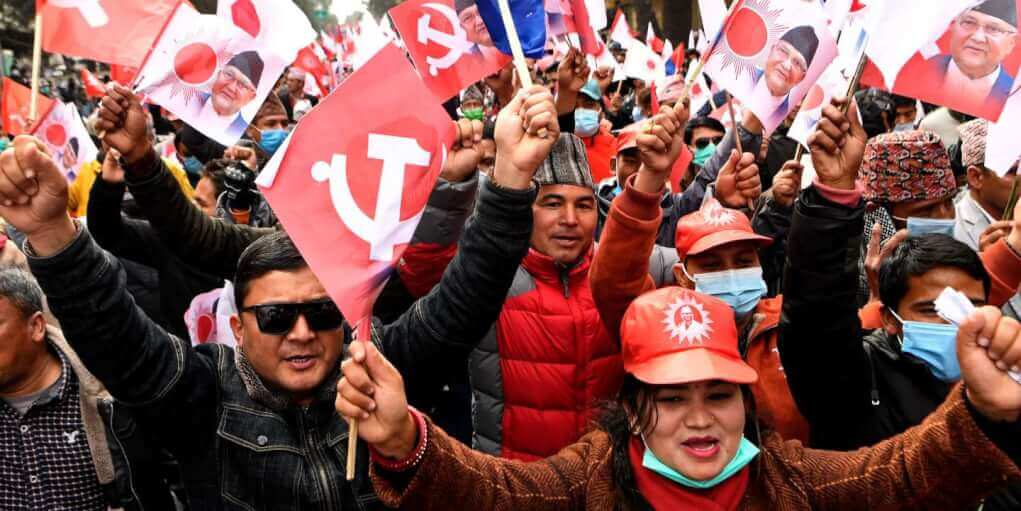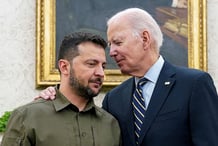Recently, the number of communist nations increased by 1 to 6 after Nepal, the landlocked Himalayan country, joined Cuba, China, North Korea, Laos, and Vietnam. CPN-UML led by Prime Minister K.P Sharma Oli and Maoist Centre led by Pushpa Kamal Dahal, two big communist parties merged into one party, Nepal Communist Party(NCP) in May 2018.
We saw the greatest challenge democracy could face was communism. It would be interesting to see how communism in the Himalayan Kingdom would reform itself and make the transition to democracy. It will also be affected by forces far beyond borders as China and India, two neighbors of Nepal are competing for their influence.
Communism could have worked globally, but any transformation that required so much violence was a tough battle. In the 104years, since Bolsheviks gained power, 100 million people were killed by the communist governments. Millions were killed in Mao’s Great Leap Forward, mass executions, and labor camps. Stalin killed about 10 million people. About 45 million people lost their lives in the Great Leap Forward of 1958to 1962.
For decades after the Second World War, the world’s autocracies just only survived and they couldn’t challenge liberalism. Though China made it out, other nations like Chile, Paraguay, South Korea, and Haiti in those decades couldn’t make it, and they were forced out by the United States. The communist rule in China was built with great violence which caused deaths and destructions, including atrocities against Tibetans, Uighurs, and Mongolians and the Tiananmen Square massacre of demonstrators. Despite such history, communist rule still exists in China.
The Soviet Union spread communism in many countries across Africa, Asia, Eastern Europe, and South America. Many communist governments collapsed after the Berlin Wall crash on 9 November 1989. The fall of the Wall and the depression that followed made the world embrace free markets. Few autocracies like in Russia and China survived because they had the strength and they didn’t compromise with liberal pressure. Communism is far from a fundamental right as it is prevalent under democracy. Communism erodes freedom and individual rights whereas democracy promotes them. Freedom is only granted when the community as a whole, is benefitted. In this context, it would be exciting to see how democracy can survive with democracy. Today, the Himalayan country has become a test case for whether democracy can transform itself and exist under communist rule.
The early signs are not encouraging. The political infighting and paranoia are pushing Nepal’s democracy into crisis. The Nepal Communist Party (NCP) of Nepal suffered vertical splits 31 months after the union. It was a major setback for China that supported the NCP. Before also, the party was about to split but China mediated the dispute. Chinese ambassador to Nepal held several meetings with Nepalese leaders when the trouble inside the communist party of Nepal boiled up. But this time the party got split.
Nepal faced political turmoil when Prime Minister K.P Sharma Oli dissolved the parliament as infighting in the ruling Nepal Communist party reached alarming levels. Nepal’s political parties, civil society, constitutional experts believed that the move was not constitutional. One after another Oli is consolidating power in his hands. He has hollowed many independent constitutions and appointed his loyalists. He unilaterally appointed members of constitutional bodies bypassing the constitutional method of appointment. This move was opposed by another faction of his party.
It will be early to predict as the Supreme Court of Nepal reinstated the Parliament that was dissolved the last December and that likely to thrust Nepal into a political crisis. China, India, and the US are also closely watching Nepal’s development as many believe they are interfering in Nepal’s politics and policies to favor their interests and increase their interest in the small Himalayan country, which is geopolitically important.















Comments are closed.